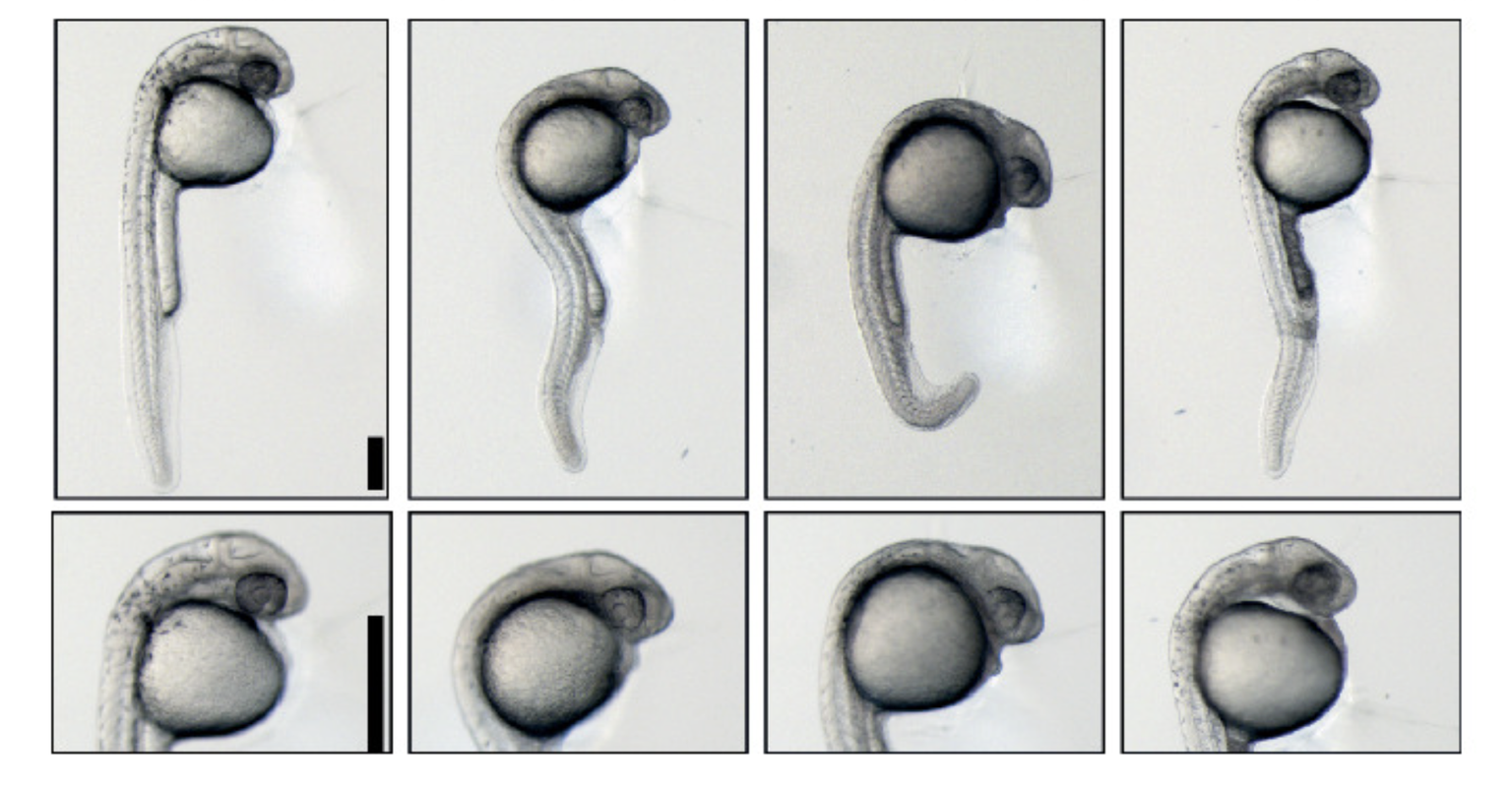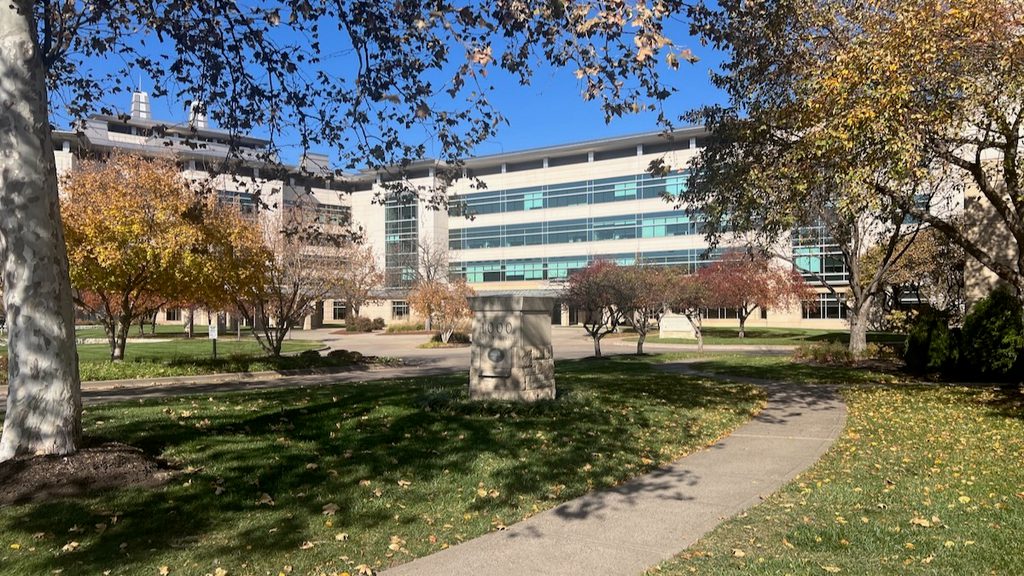#Stowers25: Celebrating 25 Years
24 November 2025
Stowers Institute celebrates 25 years of foundational research at Anniversary Symposium
25 Years of Discovery, Innovation, and Hope
Read Article
Stowers investigators discover how an unusual interplay of signaling pathways shapes a critical eye structure
KANSAS CITY, MO—A small ensemble of musicians can produce an infinite number of melodies, harmonies and rhythms. So too, do a handful of workhorse signaling pathways that interact to construct multiple structures that comprise the vertebrate body. In fact, crosstalk between two of those pathways—those governed by proteins known as Notch and BMP (for Bone Morphogenetic Protein) receptors—occurs over and over in processes as diverse as forming a tooth, sculpting a heart valve and building a brain.
A new study by Stowers Institute for Medical Research Investigator Ting Xie, Ph.D., reveals yet another duet played by Notch and BMP signals, this time with Notch calling the tune. That work, published in this week’s online issue of PNAS, uses mouse genetics to demonstrate how one Notch family protein, Notch2, shapes an eye structure known as the ciliary body (CB), most likely by ensuring that BMP signals remain loud and clear.
In vertebrates, the CB encircles the lens and performs two tasks essential for normal vision. First, it contains a tiny muscle that reshapes the lens when you change focus, or “accommodate”. And it also secretes liquid aqueous humor into the front compartment of the eye where it likely maintains correct eye pressure. Understanding CB construction is critical, as excessive pressure is one risk factor for glaucoma.
#Stowers25: Celebrating 25 Years
24 November 2025
25 Years of Discovery, Innovation, and Hope
Read Article
News

18 November 2025
Stowers Associate Investigator Ariel Bazzini, Ph.D., discusses a collaboration that uncovered a new mechanism guiding the earliest steps of life.
Read Article
In The News

17 November 2025
From The Beacon, when the Institute opened its Kansas City headquarters in 2000, much of the scientific world was skeptical that biomedical research could succeed in the Midwest.
Read Article
